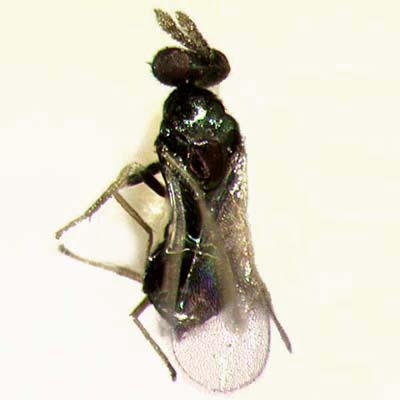 |
|||||||||||||||||||||||||||||||||||||||||||||||||||||||||||||||||||||||||||||||||||||||||||||||
|
|
Home | Open the Key | References | ||||||||||||||||||||||||||||||||||||||||||||||||||||||||||||||||||||||||||||||||||||||||||||
|
|||||||||||||||||||||||||||||||||||||||||||||||||||||||||||||||||||||||||||||||||||||||||||||||
Classification
|
|||||||||||||||||||||||||||||||||||||||||||||||||||||||||||||||||||||||||||||||||||||||||||||||
Subfamily Tribe |
|||||||||||||||||||||||||||||||||||||||||||||||||||||||||||||||||||||||||||||||||||||||||||||||
Diagnosis
|
|||||||||||||||||||||||||||||||||||||||||||||||||||||||||||||||||||||||||||||||||||||||||||||||
|
|
||||||||||||||||||||||||||||||||||||||||||||||||||||||||||||||||||||||||||||||||||||||||||||||
| |
|||||||||||||||||||||||||||||||||||||||||||||||||||||||||||||||||||||||||||||||||||||||||||||||
Distribution |
|||||||||||||||||||||||||||||||||||||||||||||||||||||||||||||||||||||||||||||||||||||||||||||||
|
The 4 described species of this genus were recorded in the Afrotropics and Australiasian regions (Noyes, 2001). |
|||||||||||||||||||||||||||||||||||||||||||||||||||||||||||||||||||||||||||||||||||||||||||||||
| |
|||||||||||||||||||||||||||||||||||||||||||||||||||||||||||||||||||||||||||||||||||||||||||||||
Biology |
|||||||||||||||||||||||||||||||||||||||||||||||||||||||||||||||||||||||||||||||||||||||||||||||
|
The species of this genus are mainly parasitoids of agromyzid leafminers (Boucek, 1988; Noyes, 2001). |
|||||||||||||||||||||||||||||||||||||||||||||||||||||||||||||||||||||||||||||||||||||||||||||||
| |
|||||||||||||||||||||||||||||||||||||||||||||||||||||||||||||||||||||||||||||||||||||||||||||||
| |
|||||||||||||||||||||||||||||||||||||||||||||||||||||||||||||||||||||||||||||||||||||||||||||||
Comments |
|||||||||||||||||||||||||||||||||||||||||||||||||||||||||||||||||||||||||||||||||||||||||||||||
|
Meruana, having funicle 2-segmented
in both sexes, propleura separated posteriorly, submarginal vein
with 3 or more setae dorsally and 2 pairs of scutellar setae, belongs
to the tribe Cirrospilini.
Meruana may be distinguished from all the other Cirrosplini included in the key by the combination of the following characters: propodeum with distinct median carina and with converging plicae, and petiole distinct and strongly sculptured. Moreover, it can be distinguished from Cirrospilus, Diaulinopsis and Semielacher by not having notauli complete and reaching posterior margin of mesoscutum; from Cirrospilus “variegatus group” and Zagrammosoma by not having vaulted vertex; from Diaulinopsis also by not having postmarginal vein at least 1.5 times as long as stigmal vein. Finally, Cirrospilus ambiguus, Danuviella and Diglyphus, as they have similar notauli and metallic coloration, are considered the closest taxa to Meruana. However, C. ambiguus and Diglyphus don’t have plicae on propodeum and don’t have distinct petiole, while Danuviella, which has distinct petiole, doesn’t have converging propodeal plicae. Although Meruana seems to be easily distinguished from the other close genera, more work is probably necessary to define better the relationship with taxa like Diglyphus, Cirrospilus and Danuviella. |
|||||||||||||||||||||||||||||||||||||||||||||||||||||||||||||||||||||||||||||||||||||||||||||||

